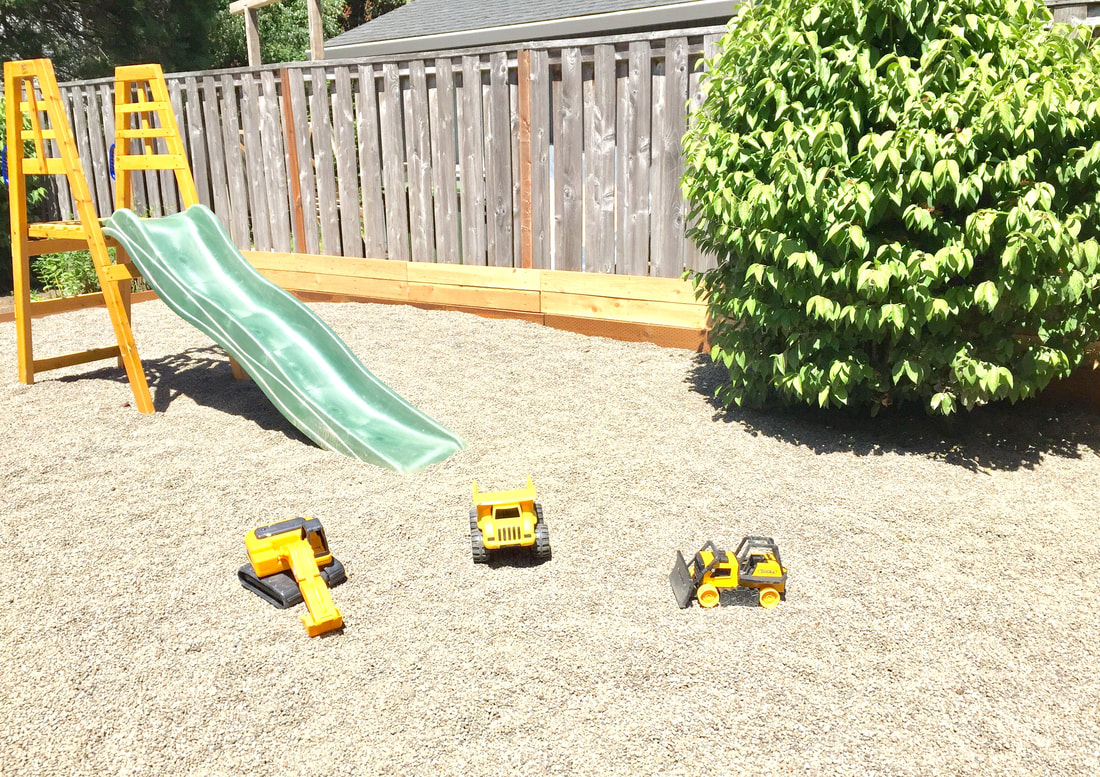Through play, children can learn and gain insights into the physical world around them. It is also a physical and intellectual and emotional necessity for the children demonstrating an instinct which drives him to tax and strain all his powers to master himself and his world. Play is, therefore, an important part of children’s life and outdoor play, in particular, is a crucial and integral part of the play that children involved in because it is a totally different experience from playing inside. There are indeed more opportunities for children to explore and discover when they play outside. Simultaneously, playing in the outdoor environment, children can be stimulated through their five senses: explore various materials in the outdoor setting, learn about wildlife etc. They can also gain knowledge in the sizes, shapes, and volumes through different materials such as sand, bricks, water etc. All of these activities are very essential for healthy early childhood development.
Secondly, outdoor play also allows children to play more freely and creatively than indoor play. In indoor activities, they are largely contrived, closely supervised by their parents and are mostly restricted to certain activities such as reading, puzzles, drawing, video games, table tennis, etc. While these activities are valuable for them but in the outdoor play, they can play whatever they want to play and sometimes they can even invent their own games to play outside. The activities, such as tricycle riding, kicking balls, jumping, and running etc., that they are prohibited or unable to do indoor can easily be accommodated in an outdoor play environment. An outdoor space can also strengthen both children’s gross motor skills and fine motor skills. Gross motor skills refer to the use of large muscles of the body to perform functions such as walking, running, kicking, lifting, throwing, climbing, balancing etc. As children begin to gain more control over these motor skills, they will start to develop they are fine motor skills characterized as the skills to use of small muscles of the body to perform functions such as writing, drawing, grasping small objects, touching, holding, feeding themselves, etc. Also, the outdoor space makes it possible to have the activities that can improve children’s motor skills such as throwing a ball, jumping a rope, climbing a tree of playground equipment, running, riding a bike, and playing on a balance beam etc. For walking and running, children would enjoy participating in games where they take turns being chased and chasing others. Climbing and Jumping would allow them to utilize the strength of their arms and legs to maintain their position and pull themselves up. For fine motor skills, activities will involve grasping a toy car, picking a leave, digging the sand, pouring water etc. These activities will allow them to strengthen their small muscles and improve their writing and drawing skills in school. In order to accomplish different activities, both gross motor and fine manipulative movements are necessary. Outdoor play not only allows them to exercise their bodies, but it can also help them to develop skills that can foster them a sense of self-confidence and accomplishment.

